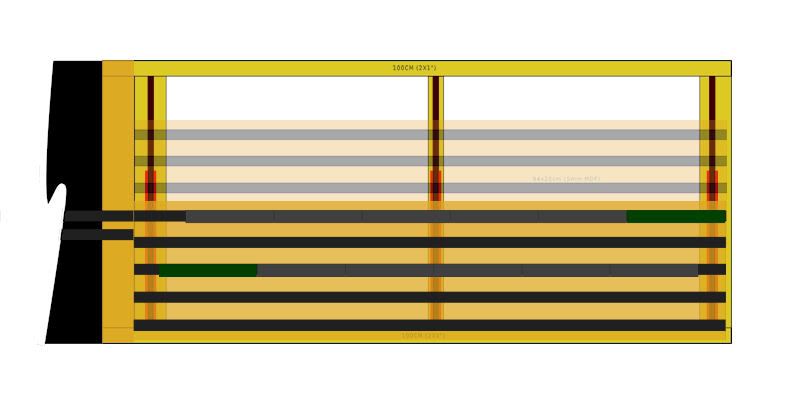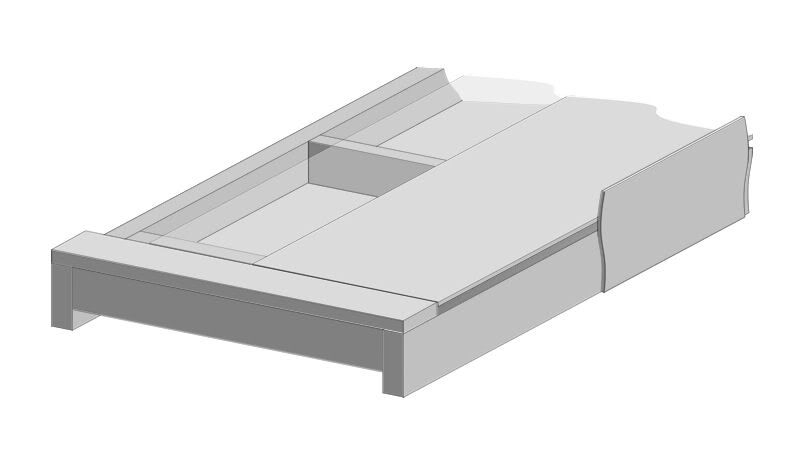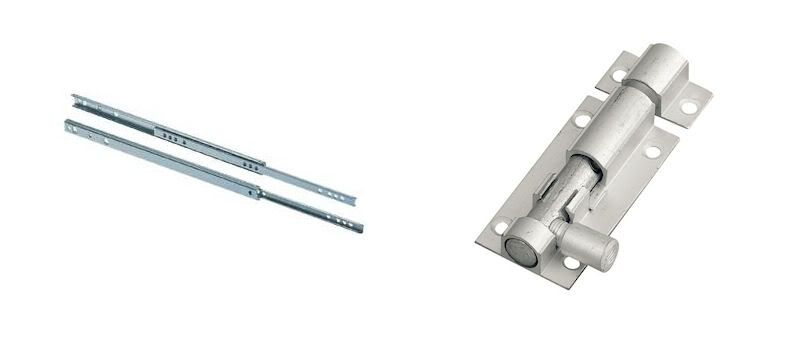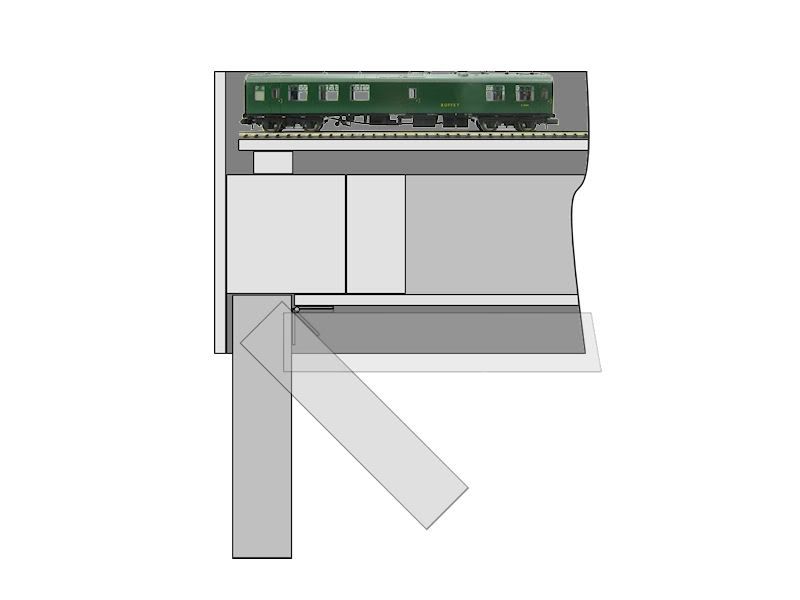Hi All.
One of the unique features of the RMweb Members day over a normal exhibition is the opportunity to get up close to the layouts on display, and this year Missy of this parish very kindly allowed me to spend some time operating (playing with) Highclere. The layout itself doesn't really need any introduction and in the flesh it truly is a work of art, but of particular interest to me this year was the more mundane part of the layout, the fiddle yard, and the opportunity to see it in action has brought me back to the yards that will be required for Ropley.
A few entries back I touched on the fiddle yard and set out a few early thoughts about how they might operate, with a traverser system being considered initially. The real Mid Hants Railway is essentially one big end to end layout which means that engines are not turned at Alton & Alresford and simply run around the stock, so this ruled out a continuous circuit type arrangement. No bad thing as I don't really have the space for that! After operating Highclere and Highbury colliery recently, both of which employ a cassette system, I began to wonder if there was some way a simple cassette and loop system could be used instead of the traverser and the first simple plan drawn up was as follows:

This essentially would be a simple version of the station loops at each end of the full sized railway. Operationally, the train would enter the line with the cassette, where the loco would then be uncoupled before then being run around the stock. If a change of stock was needed, then the cassette would simply be swapped around. Now, I was really quite keen on this until I sat down and stated to work out dimensions! The initial scenic board for Ropley is 120cm long, which is quite small for a railway where services are usually composed of 5 Mk.1s and engine. In N Gauge, a rake of 5 Mk.1s is roughly 70cm, plus another 16ish cm to allow for some of the larger engines which have run over the line in the past. Britannia, Bittern 7 Canadian Pacific for example. When you add in the space required for the run around loop in the plan above and then consider that another yard of equal length at the opposite end is required, you would end up with a layout composed largely of fiddle yard!
So, back to the drawing board and the initial traverser idea. I really wanted to keep things simple, and had looked at various examples of traversers on RMweb and around the net for ideas. In the end I decided to go with a simplified version of the original plan, and just have one traverser capable of holding 5 coaches & engine, dropping the seperate loco sections in the original design. This resulted in the plan below:

The total length of the above setup is 100cm, and although in its initial form the layout will still be nearly 2 thirds fiddle yard, its a lot less than using the cassette method and once the station area is added at a later date, the whole thing will be nicely balanced I think. By fitting some wood to the underneath of the yard boards, stock can also be stored underneath the sliding traverser when not required. A small frontatge will be fitted which will allow the yards to be seen since this seems to be an area of interest to many at exhibitions.

In order to make the yard actually traverse, I looked at a few options before finding some small drawer runners intended for replacing those supplied by that well known Swedish purveyor of self assembly furniture. The source for these is here. These runners can simply be attached to the cross members of the basic yard structure, allowing the yard to simply be pulled or pushed into place. To lock the yard in alignment with the running lines, I plan to use bolt latches, again to keep things simple.

The final design feature of this plan will be integrated legs at each end. The yard boards will rest on a ledge fixed to the scenic section through which bolts will pass to secure everything in place. This means that legs are will only be required at the outer ends and this again helps to keep things nice and simple!

Hopefully this all makes sense! It’s not always easy to explain ideas you have in your head until you get to the hammering things together stage! Some thought still needs to be give to electrical matters but the aim with that will also be to keep it simple!
Cheers,
Tom.
-
 9
9


10 Comments
Recommended Comments
Create an account or sign in to comment
You need to be a member in order to leave a comment
Create an account
Sign up for a new account in our community. It's easy!
Register a new accountSign in
Already have an account? Sign in here.
Sign In Now